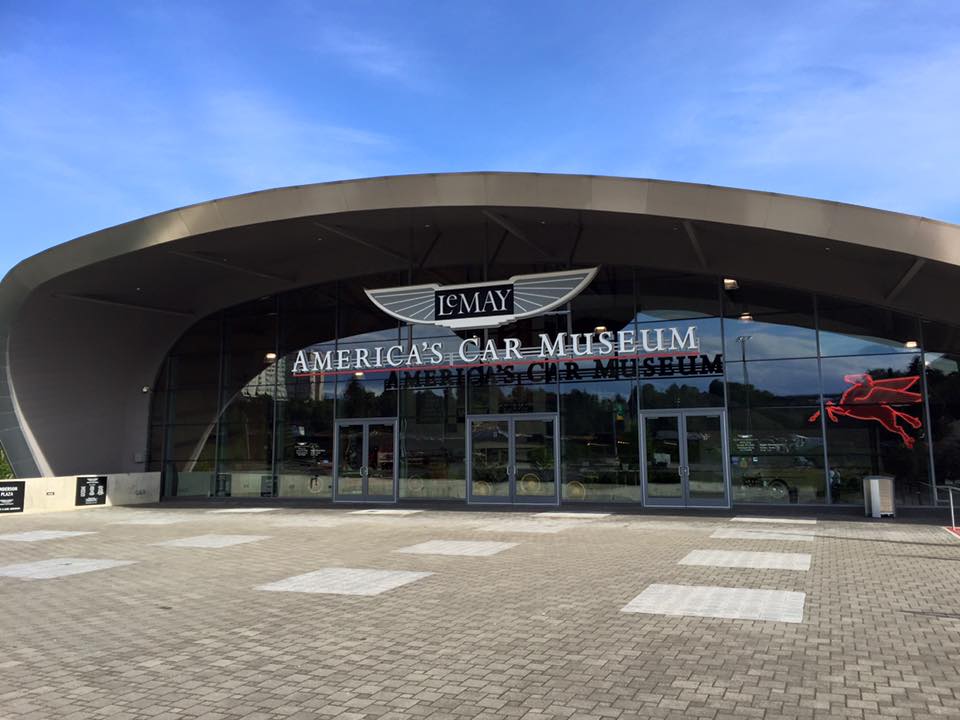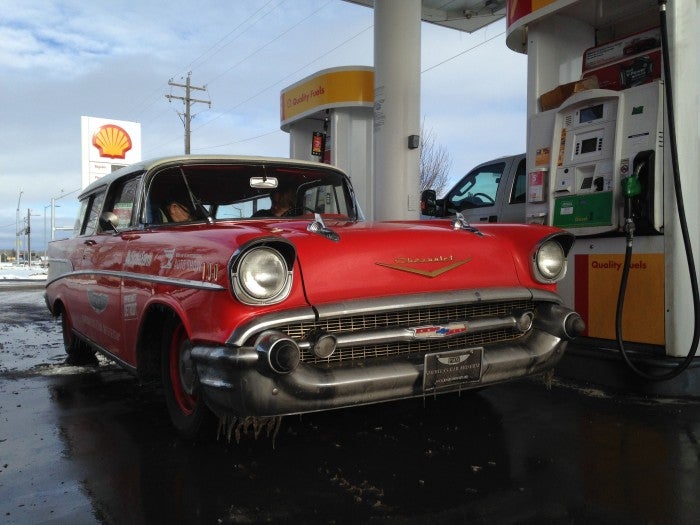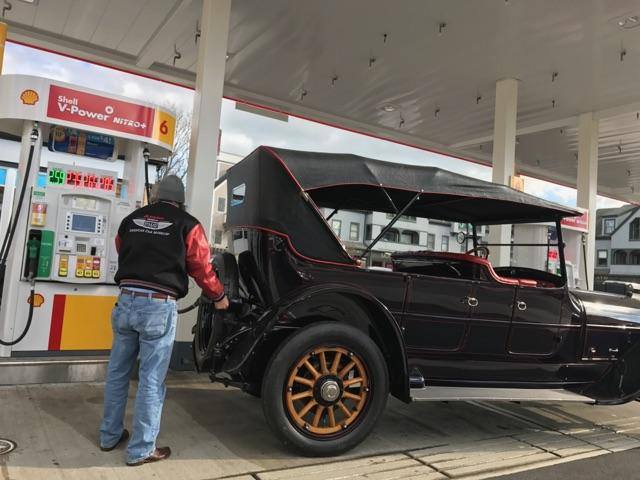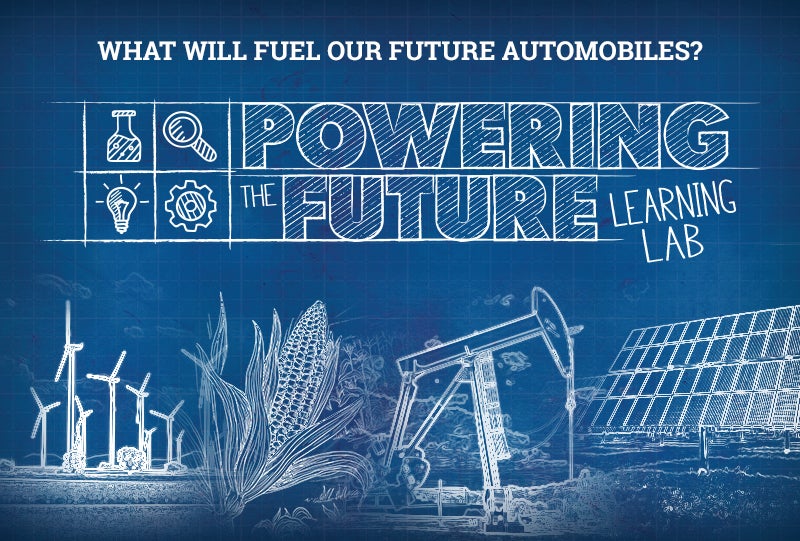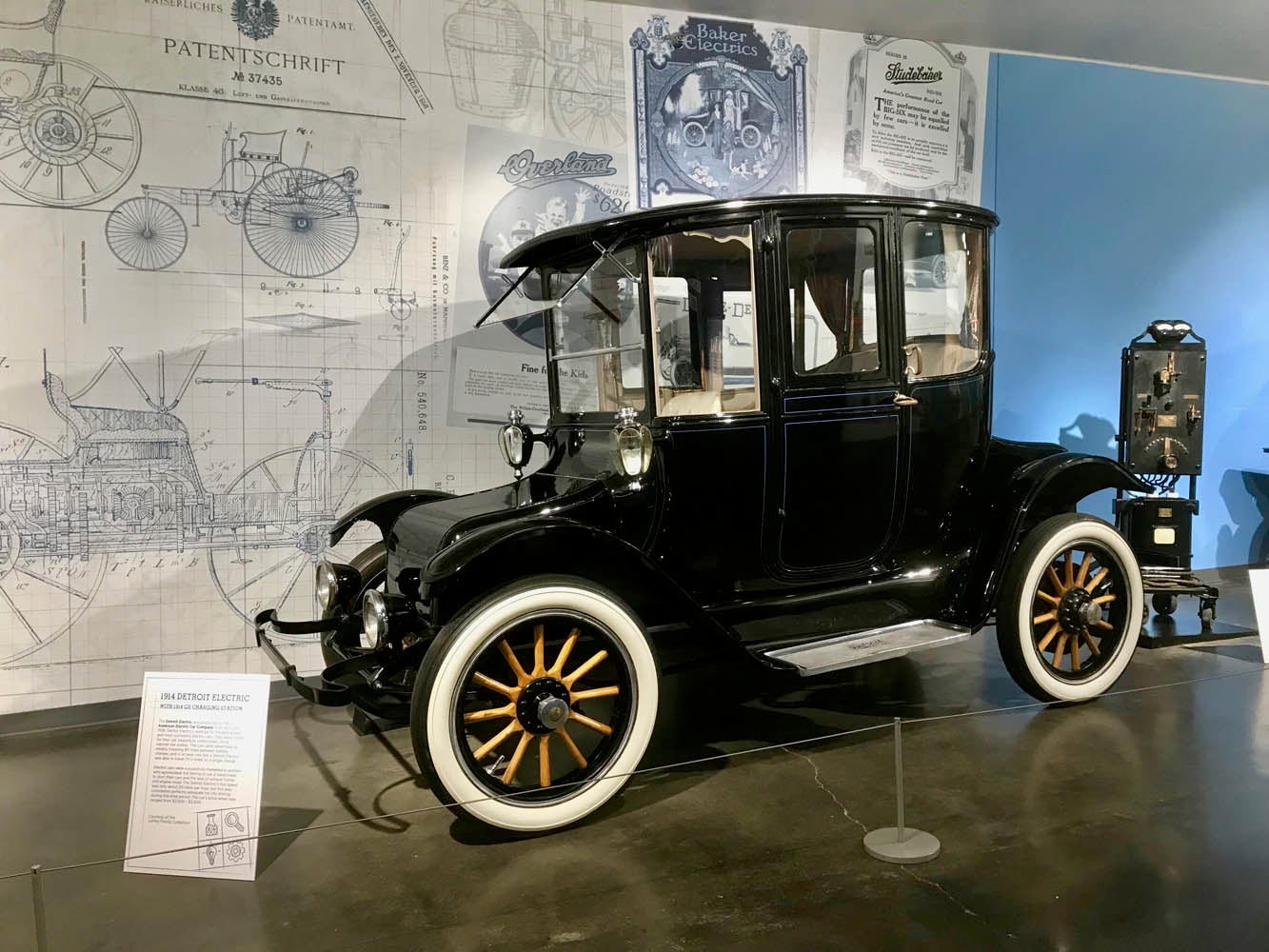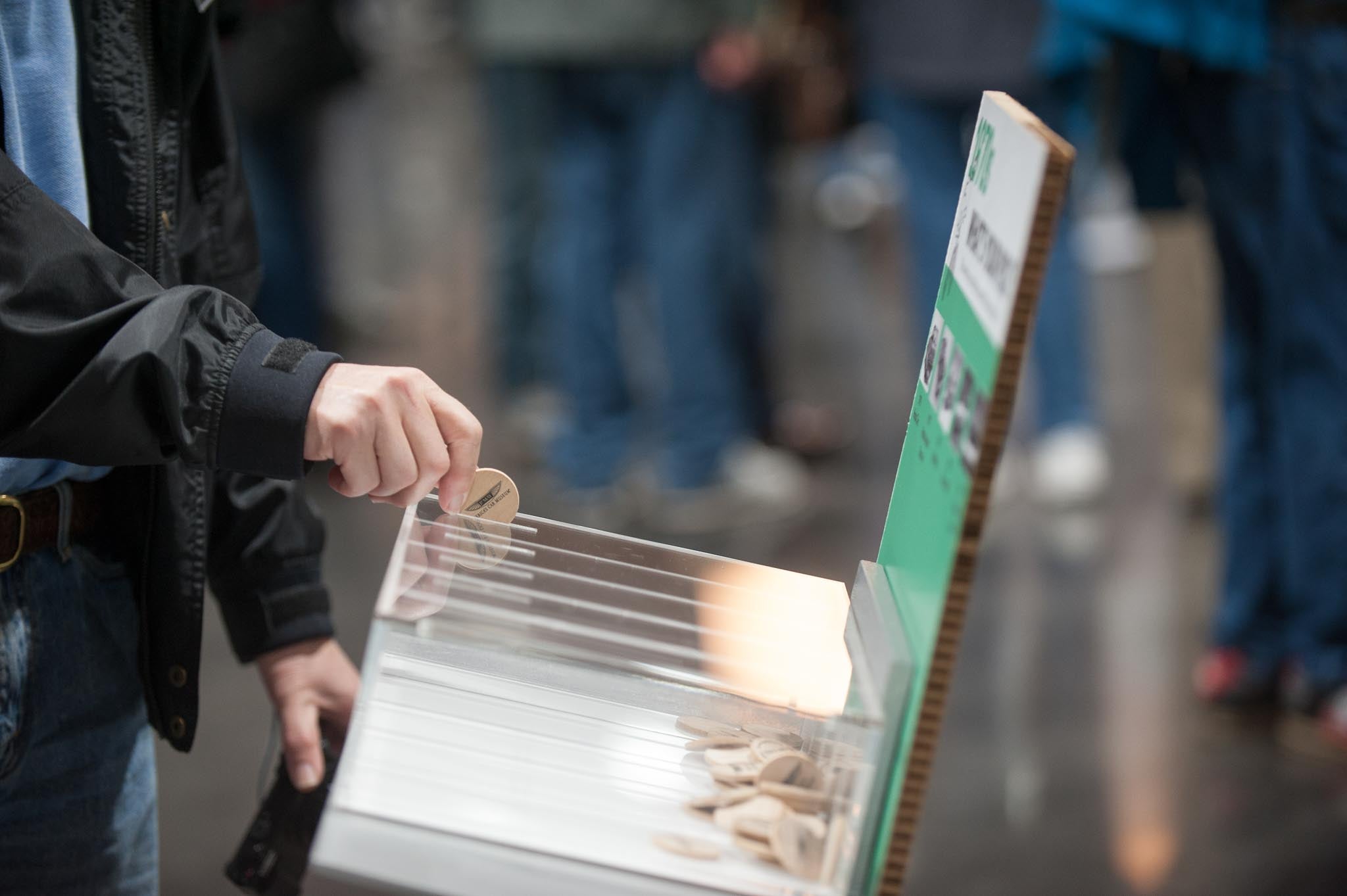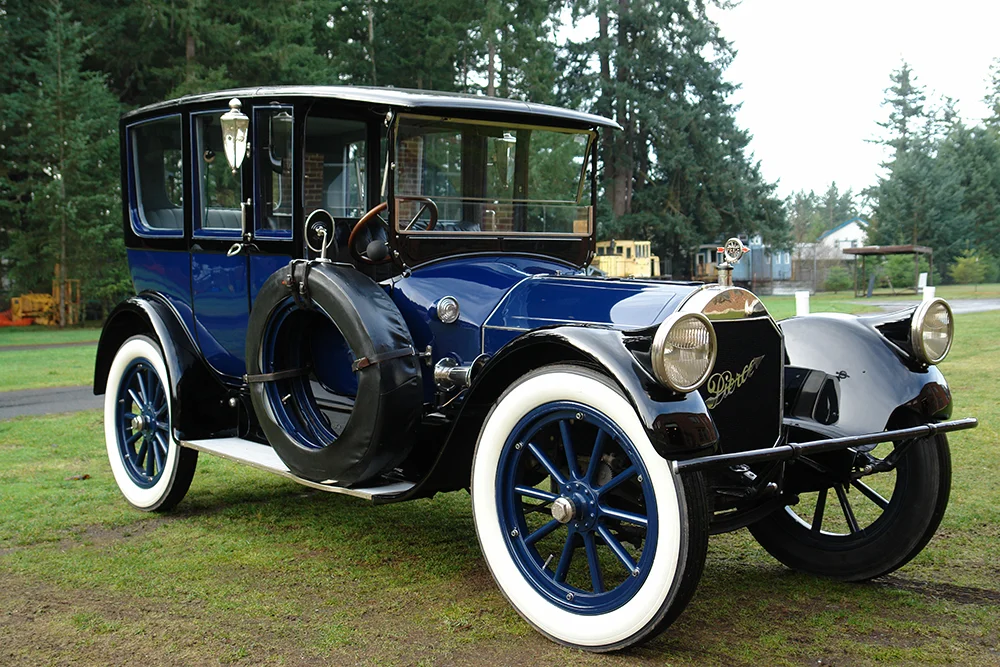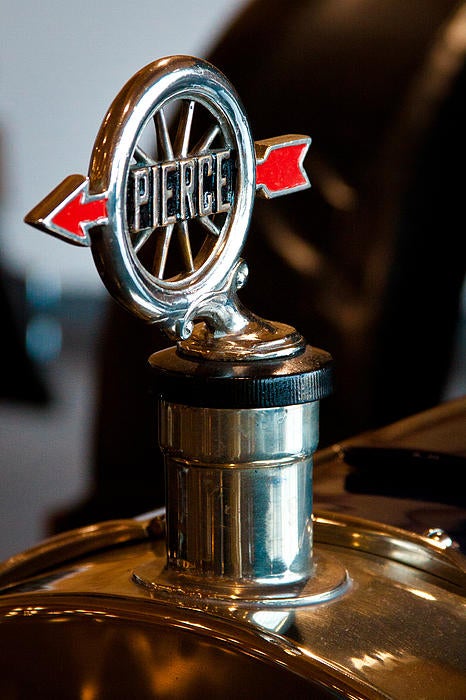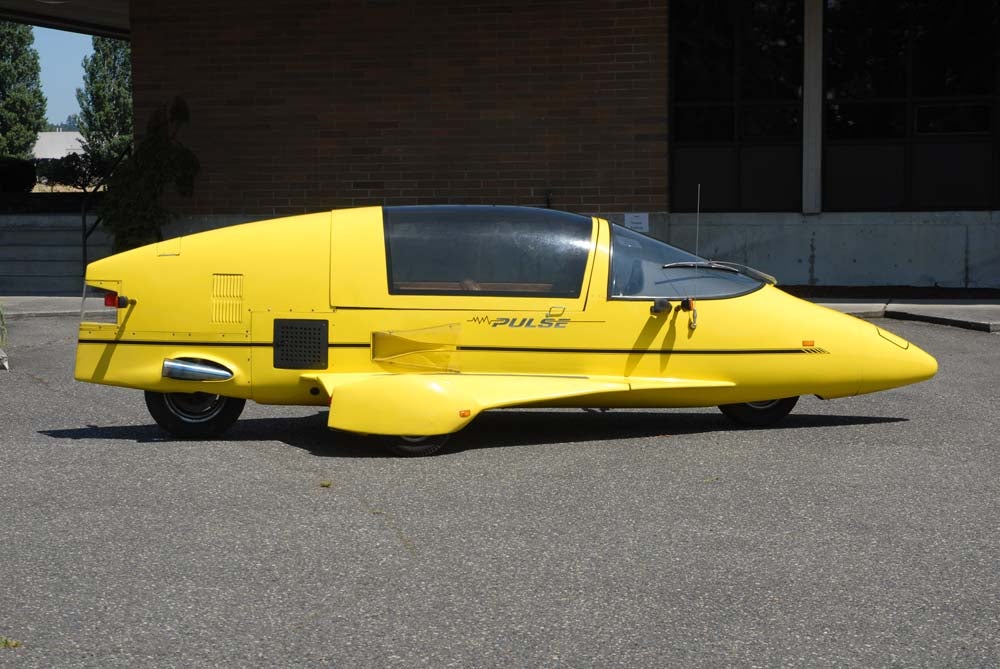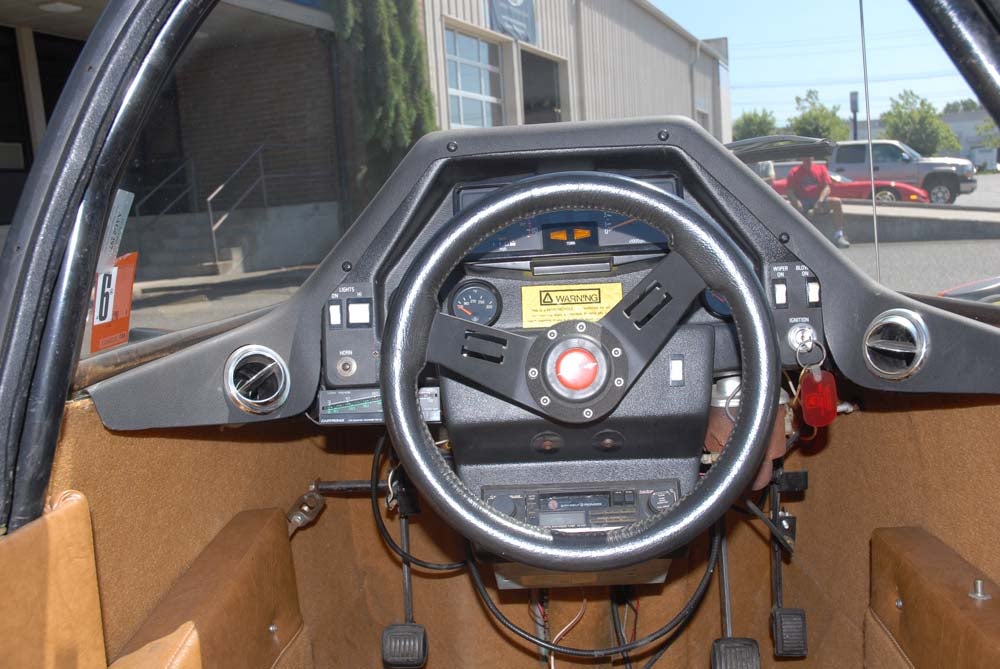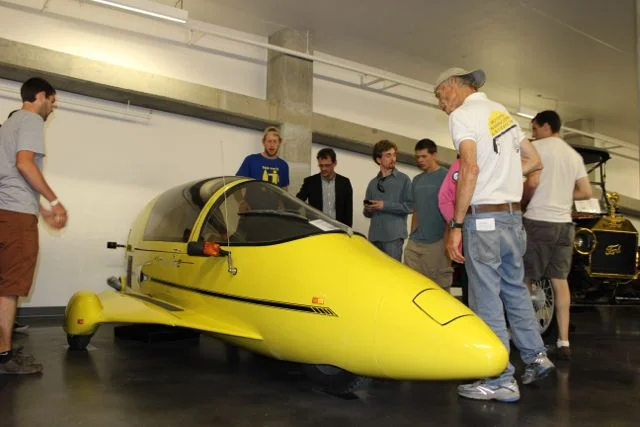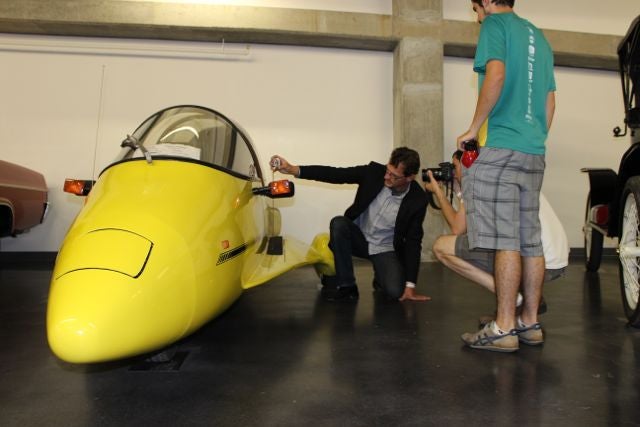
Dear Friend,
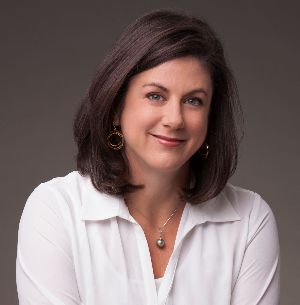 I wish to introduce myself, as I am proud to be serving as the new CEO of America’s Automotive Trust, LeMay-America’s Car Museum and RPM Foundation. I assume the CEO duties from David Madeira, who is now enjoying retirement after 17 amazing years with the organization. We are grateful that David isn’t going far, as he will continue to serve as vice chair of the board and will continue to assist me with fund development. We thank David for all his years of past and continued service!
I wish to introduce myself, as I am proud to be serving as the new CEO of America’s Automotive Trust, LeMay-America’s Car Museum and RPM Foundation. I assume the CEO duties from David Madeira, who is now enjoying retirement after 17 amazing years with the organization. We are grateful that David isn’t going far, as he will continue to serve as vice chair of the board and will continue to assist me with fund development. We thank David for all his years of past and continued service!
I also wish to share some organizational changes taking place. In June, the boards of America’s Automotive Trust (AAT) and LeMay-America’s Car Museum (ACM) voted to become “one mirrored board” providing oversight to both entities. Thus, there are no longer multiple boards with different members, but common boards of all 43 directors combined. Additionally, our sister organization, RPM Foundation, was realigned as a supporting organization of America’s Automotive Trust with oversight by the Executive Committee, chaired by Corry McFarland.
Finally, in August the collective organization entered into a strategic alliance with TechForce Foundation, a fellow nonprofit dedicated to solving the technician shortage for the auto, diesel, collision, aviation, marine and motorsports industries, where I have been CEO since 2014.
This strategic alliance united all organizations under a shared vision and leadership of one CEO with the goal of streamlining costs, creating backend efficiencies, and increasing programming and impact capabilities. Our shared vision includes celebrating the past, present and future of mobility; promoting America’s car culture; and inspiring future generations of students to consider a technical education and career as professional technicians.
Each organization will retain its independent nonprofit 501(c)(3) charitable status, unique missions and deliverables, yet the unification enables us to serve our constituents and reach the next generation of enthusiasts, donors and sponsors not only in Tacoma through America’s Car Museum, but nationwide as we scale our programs, events, scholarships and youth education coast-to-coast.
For those of you familiar with RPM, let me also provide some clarification as it relates to the alliance with TechForce. RPM works exclusively to support the future workforce of restoration technicians, artisans and craftsmen specifically, whereas TechForce partners with all nonprofits, including RPM, and schools to reinforce the marketing, storytelling and exploration that inspires students to consider all vehicle technician pathways. The two don’t compete, but rather complement one another. While we will restructure RPM’s and TechForce’s staff and operational processes to deliver greater efficiencies, RPM will continue to serve as the premier advocate of restoration technicians, artisans and craftsmen, and preservation of such treasured knowledge and skillsets.
We continually talk about the importance of nonprofits collaborating and not reinventing the wheel. We’re walking the talk! We are excited for America’s Automotive Trust, America’s Car Museum, RPM and TechForce to be working together to preserve the passion around the automobile, foster the next generation of car enthusiasts, and drive the pipeline of skilled technicians to keep these vehicles rolling. On behalf of all young people who love cars, love working with their hands, prefer a technical education over a four-year university and yearn for an education and career in automotive, and those who want to join this amazing community of collectors and enthusiasts – we will work to provide these connections.
Your support, involvement and funding enable us to do this work and to keep our car culture alive. We thank you for all you’ve done, and value our relationship with you.
On behalf of David and myself, we are excited to be sharing this important news with you. I am honored to be leading this innovative collaboration, and I am looking forward to meeting and working with each of you as we move forward.
Sincerely,

Jennifer Maher, CEO
America’s Automotive Trust
LeMay-America’s Car Museum
RPM Foundation
TechForce Foundation
Read More

